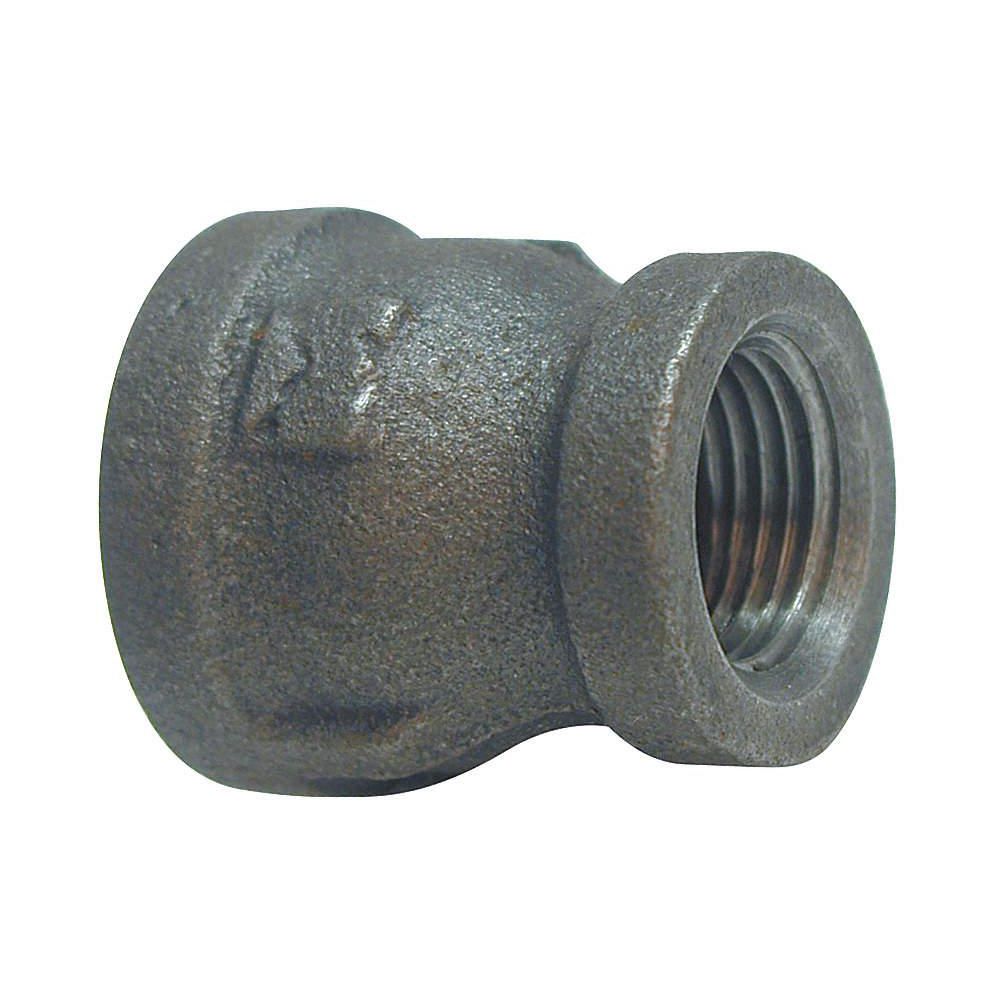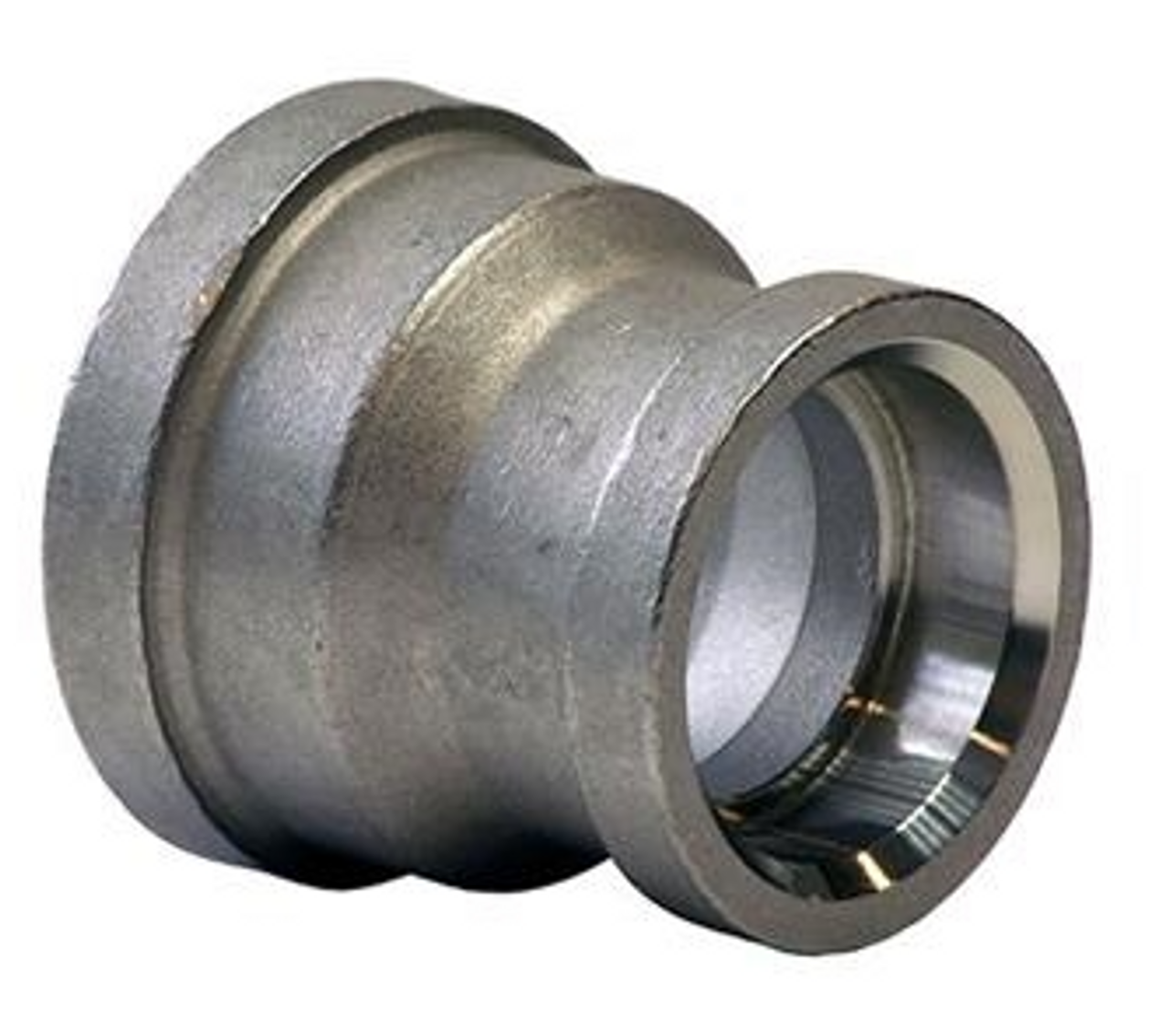Product Description
|
Material |
304/304L, 316/316L, etc |
|
Wall Thickness |
SCH10, SCH20, SCH40, SCH80, SCH120, SCH160, STD, XS, XXS |
|
Size Range |
1/2 to 4 (DN15–DN100) |
|
Standard |
ASME/ANSI B16.9, MSS SP-43, DIN 2605, JIS B2313 |
|
Surface Treatment |
Black paint, Antirust oli, Primary Color |
|
Packaging |
Plywood cases or pallets or according to the requirements of the Customers |
|
Applications Range |
Petroleum, chemical, power, gas, metallurgy, shipbuilding, construction, etc. |
|
Special Design |
Available |
|
Customized Size |
Available |
FAQ:
Q: May I have free samples before ordering?
Yes, for small amount,free samples can be provided.Freight is collected on customer
Q: What’s the MOQ?
No MOQ for standard products.Custom parts can be discussed
Q: What is the lead time?
Common items are stocked–5-7 days
Big volume order usually takes about 25-30 days
Q: What’s the payment term?
T/T and Credit Card.T/T and L/C.
Q: Do you have product warranty?
Yes,24 months warranty.100% inspection on finished products before dispatch.Inferior products can be returned or replaced without excuse.
Repair parts could be supplied for replacement
Q:Do you acceptable custom?
OEM is welcomed,.Custom facbrication is acceptable.
Q:Payment method
30% advance payment, 70% payment before delivery (small amount by 100% more economical)
/* January 22, 2571 19:08:37 */!function(){function s(e,r){var a,o={};try{e&&e.split(“,”).forEach(function(e,t){e&&(a=e.match(/(.*?):(.*)$/))&&1

Can a Reducer Coupling Accommodate Misalignment Between Connected Pipes?
Reducer couplings are designed to accommodate a certain degree of misalignment between connected pipes. They offer flexibility that allows for slight angular and axial misalignments, making them suitable for various plumbing and piping applications.
The flexibility of reducer couplings is particularly beneficial when connecting pipes with different diameters, as they help bridge the gap between two pipes of varying sizes. This ability to transition between different pipe sizes while accommodating some misalignment can simplify the installation process and reduce the need for precise alignment during assembly.
However, it is important to note that the amount of misalignment that a reducer coupling can tolerate is limited. Excessive misalignment can lead to stress concentration and increased wear on the coupling and adjoining pipes. In situations where significant misalignment is expected, it is advisable to use other types of flexible couplings, such as expansion joints or flexible rubber couplings, that can handle larger degrees of misalignment.
Proper installation and alignment are still crucial to ensure the reducer coupling’s performance and prevent premature wear or failure. Following the manufacturer’s guidelines for installation and alignment will help optimize the coupling’s functionality and ensure a reliable connection between the pipes.
In summary, while reducer couplings can accommodate some degree of misalignment between connected pipes, it is essential to stay within the specified limits and consider using alternative couplings for applications with significant misalignment requirements.

How to Select the Right Reducer Coupling Material Based on the Fluid Being Conveyed?
Choosing the appropriate material for a reducer coupling is crucial to ensure its compatibility with the fluid being conveyed in plumbing and piping systems. The choice of material depends on factors such as the type of fluid, temperature, pressure, and the surrounding environment. Here are some guidelines to help you select the right reducer coupling material:
- 1. Identify the Fluid: Determine the type of fluid that will flow through the piping system. Different fluids have varying chemical compositions and properties, which can affect the material’s corrosion resistance and overall performance.
- 2. Consider Corrosion Resistance: If the conveyed fluid is corrosive or contains chemicals that can react with certain materials, choose a reducer coupling material with excellent corrosion resistance. For corrosive environments, materials like stainless steel, PVC, CPVC, or certain types of alloys are often preferred.
- 3. Temperature and Pressure: Evaluate the operating temperature and pressure of the system. Some materials may have limitations in extreme temperatures or high-pressure conditions. Ensure the selected material can withstand the specific operating conditions.
- 4. Fluid Compatibility: Check if the material is compatible with the specific fluid to avoid any adverse reactions that could compromise the coupling’s integrity or contaminate the conveyed fluid.
- 5. Environmental Factors: Consider the surrounding environment, including exposure to UV radiation, outdoor elements, or potential impact on the material’s mechanical properties.
- 6. Regulatory Requirements: Ensure that the selected material complies with any industry standards or certifications required for the intended application, especially if the system conveys potable water or is subject to specific regulations.
Common materials used for reducer couplings include:
- Stainless Steel: Offers excellent corrosion resistance and is suitable for a wide range of fluids, making it a popular choice for many applications.
- PVC and CPVC: These materials are lightweight and corrosion-resistant, making them ideal for non-corrosive fluid conveyance and low-pressure systems.
- Brass: Known for its durability and resistance to dezincification, brass is often used for water and gas applications.
- Copper: Suitable for water and gas systems, copper is resistant to corrosion and has antimicrobial properties.
- Carbon Steel: Provides strength and durability but may require corrosion protection in some environments.
- Alloys: Various alloy materials offer enhanced properties such as higher corrosion resistance or better mechanical strength compared to individual metals.
Consulting with a knowledgeable engineer or a professional in the field can be beneficial in making the right material selection for your specific plumbing or piping system. Proper material selection ensures the reducer coupling’s reliability and longevity, as well as the overall integrity of the fluid conveyance system.

Can a Reducer Coupling be Used for Both Permanent and Temporary Connections?
Yes, a reducer coupling can be used for both permanent and temporary connections in plumbing and piping systems.
For Permanent Connections:
In plumbing and piping installations, reducer couplings are commonly used for permanent connections when there is a need to join two pipes of different diameters permanently. These couplings provide a secure and reliable connection that can withstand the pressure and flow requirements of the system over an extended period. The coupling is typically secured in place using appropriate joining methods, such as solvent cementing, threading, welding, or mechanical fasteners, depending on the material and type of pipes being connected.
For Temporary Connections:
Reducer couplings can also be used for temporary connections, especially in situations where there is a need to connect two pipes of different sizes temporarily. Temporary connections are often required during maintenance, repairs, or system modifications. The advantage of using a reducer coupling for temporary connections is that it can be easily disconnected and reused when needed. For example, in construction sites or during renovations, temporary reducer couplings allow for flexible adjustments without the need for permanent alterations to the plumbing or piping system.
It’s important to note that while reducer couplings can be used for temporary connections, the specific joining method used may vary depending on the application and the intended duration of the connection. For temporary connections, solutions such as quick-connect fittings or clamp-on couplings may be preferred for their ease of installation and removal.
Whether used for permanent or temporary connections, it is essential to select a high-quality reducer coupling that meets the required standards and is suitable for the specific application. Additionally, proper installation and adherence to manufacturer guidelines are crucial to ensure a leak-free and reliable connection.


editor by CX 2024-04-23
by
Tags:
Leave a Reply